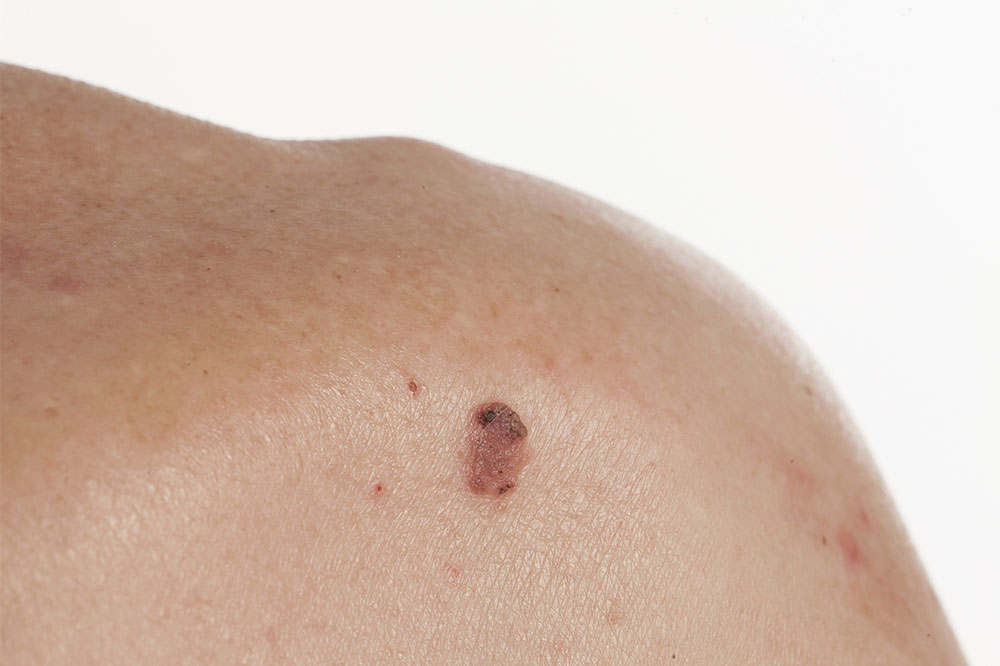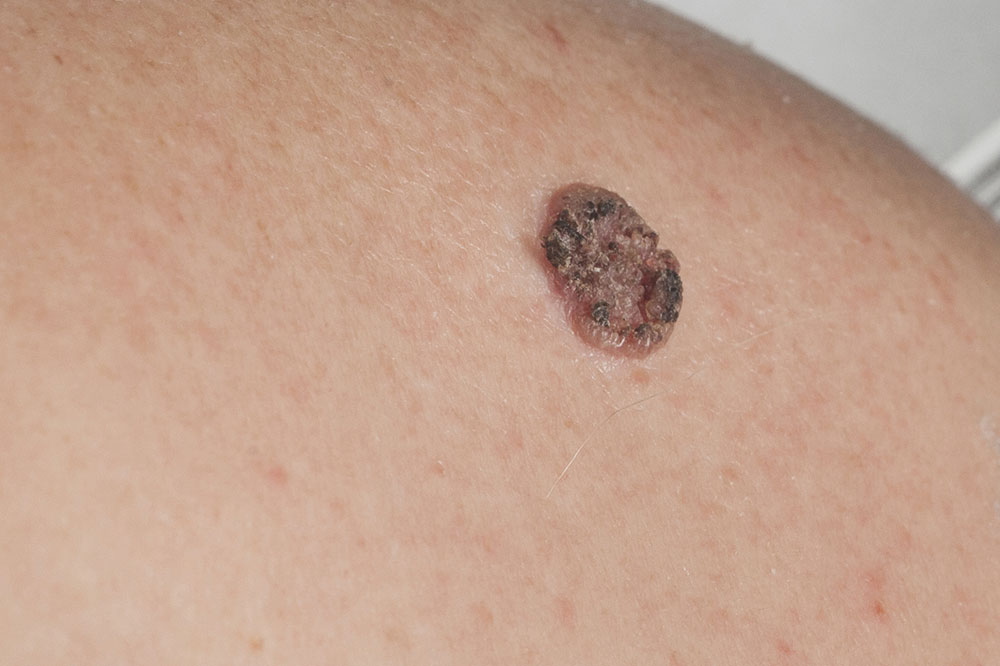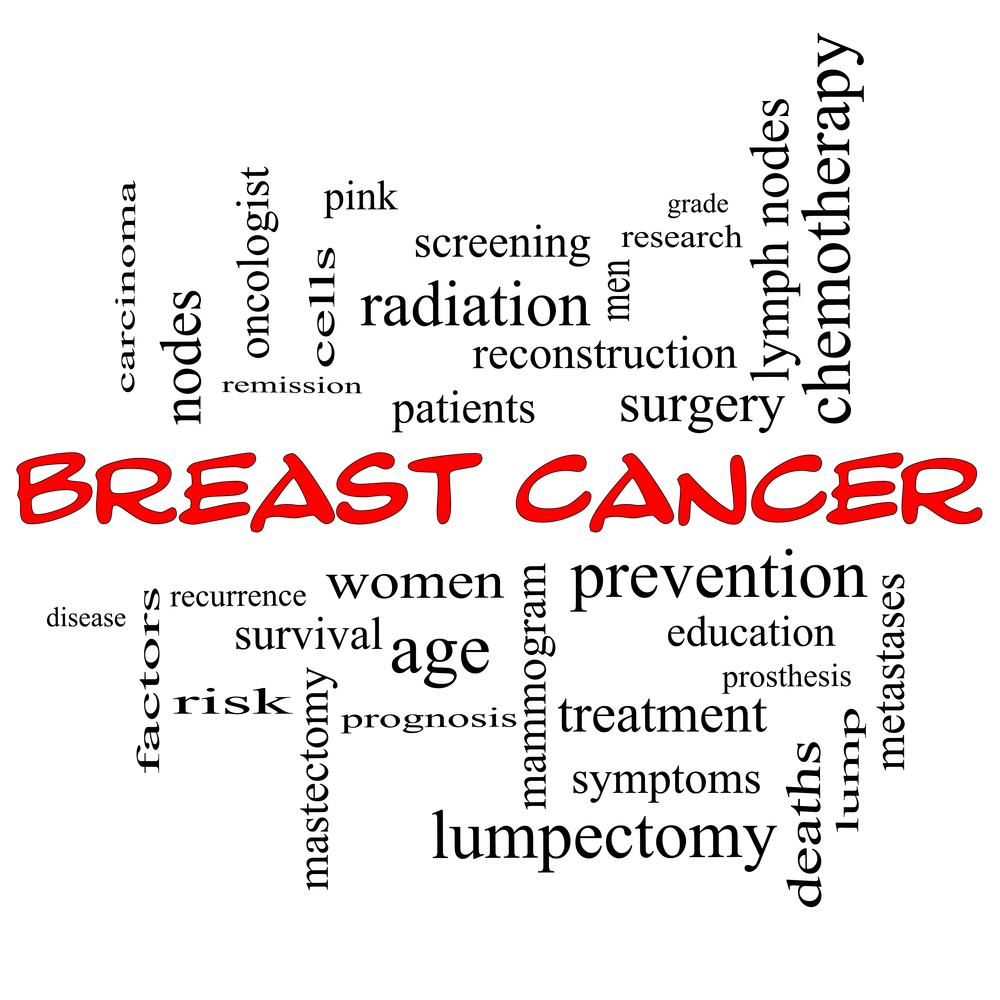Understanding Common Carcinomas and Their Treatment Strategies
Explore the main types of carcinoma, including basal and squamous cell cancers, their symptoms, classifications, and treatment options. Early diagnosis and tailored treatments like surgery, radiation, and topical therapies are crucial for effective management. This overview provides essential information on how carcinomas develop and the best strategies for their treatment, emphasizing the importance of medical consultation for personalized care.
Understanding Common Carcinomas and Their Treatment Strategies
Carcinoma refers to a group of cancers originating from the epithelial tissues lining organs and skin. Factors such as aging, lifestyle habits, and sun exposure can contribute to their development. Among the various types, basal cell carcinoma and squamous cell carcinoma are the most frequently encountered, primarily affecting the skin.
Basal cell carcinoma (BCC)
Originates in the deepest layer of the skin’s outer surface, making it one of the most prevalent skin cancer types.

It mostly appears on areas exposed to sunlight, such as the head and neck. Symptoms include:
Shiny, skin-colored bumps that may bleed and form scabs
Brown, black, or bluish lesions with raised edges and translucent borders
Flat, scaly patches with raised borders that gradually enlarge
White, waxy scars with poorly defined borders
Squamous cell carcinoma (SCC)
This type of skin cancer can affect the face, ears, neck, lips, and hands due to UV exposure. It can also develop in organs like the digestive or respiratory tracts. Early detection offers effective treatment options. Common signs include:
Hard, red nodules that may be difficult to feel
Ulcers that bleed and crust over
New lesions forming around scars or existing ulcers
Sores inside the mouth or on the lips
Raised warts expanding in genital or anal regions
Carcinoma Classification
Not all carcinomas are aggressive; they are classified based on their spread:
Carcinoma in situ: Confined to the original site, with higher chances of successful treatment using minimally invasive methods.
Invasive carcinoma: Cancer affects surrounding tissues and muscles, requiring surgical removal.
Metastatic carcinoma: Cancer spreads to distant organs, often treated with surgery and radiation. In severe cases, affected organs may need removal.
Treatment Modalities
Depending on severity, treatment options include topical agents, medications, and invasive procedures. Common treatments for basal and squamous cell carcinomas include:
Topical therapies: Creams and gels applied directly to the lesions, sometimes combined with surgery or immunotherapy.
Electrosurgery: Scraping the lesion followed by heat and chemicals to destroy remaining cancer cells, suitable for small BCC or SCC lesions.
Mohs surgery: Layer-by-layer removal until no cancer remains, ideal for larger or aggressive tumors.
Excision: Removing small lesions with a safety margin for continued monitoring.
Radiation therapy: Using targeted radiation to destroy tumor cells, especially for patients unable to undergo surgery.
Cryosurgery: Freezing and removing superficial tumors, suitable for patients with bleeding disorders.
Photodynamic therapy: Light-sensitive agents make tumor cells vulnerable to light, destroying superficial lesions effectively.
Note:
Our blog offers valuable insights into various health topics. While based on thorough research, do not consider these articles as definitive. The information is for educational purposes, and consult healthcare professionals for personalized advice. We are not responsible for potential discrepancies or updates in medical data.










